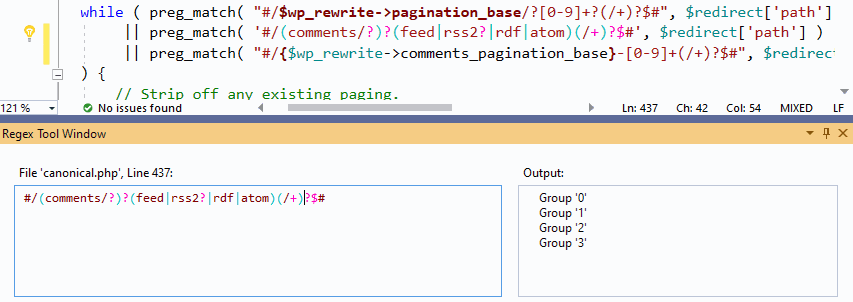

Str = str.replace( /ello|i|ey/g, "Goodbye") Ĭonsole.log(str) // Will output "Goodbye, hi there" Code language: JavaScript ( javascript ) A note about JavaScript’s global flag

So if you wanted to remove every character that starts a new word you could use something like the following regex: \B– Non-word boundary: The inverse of \b.\b– Word boundary: The boundaries between \w and \W, but matches in-between characters.\W– Any non-word character (the inverse of the \w token).\w– Any word character (Uppercase and lowercase Latin alphabet, numbers 0-9, and _).\s– Any whitespace character (including \t, \n and a few others).The “newline” character is the character that you input whenever you press “Enter” to add a new line. While keys like “a” to “z” make sense to match using regex, what about the newline character? Not every character is so easily identifiable. – Match any character that’s either a number or a capital letter from “A” to “Z”.– Match any character that’s not any of the following: “a”, “s”, “d”, or “f”.– Match any character that’s either “a”, “s”, “d”, or “f”.– Match any lowercase character from “a” to “z”.– Match any uppercase character from “A” to “Z”.Here’s a list of the most common pattern collections: While doing all of these is theoretically possible without regex, when regexes hit the scene they act as a superpower for doing all of these tasks. Handling text files with a consistent syntax, like a CSV.

Regex can be used any time you need to query string-based data, such as: Think of it as a suped-up text search shortcut, but a regular expression adds the ability to use quantifiers, pattern collections, special characters, and capture groups to create extremely advanced search patterns. A Regular Expression – or regex for short– is a syntax that allows you to match strings with specific patterns.


 0 kommentar(er)
0 kommentar(er)
